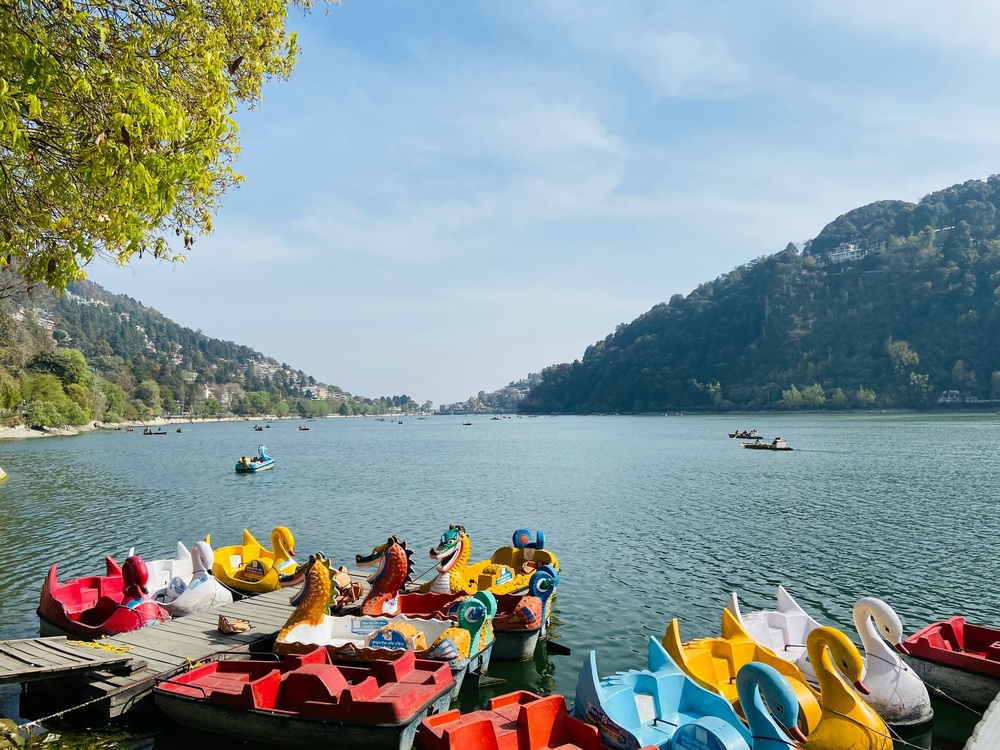A Complete Guide to Trekking in Uttarakhand: Best Routes, Seasons, and Tips
Uttarakhand, often referred to as the “Land of the Gods,” is one of India’s premier trekking destinations, offering a diverse range of trails through snow-capped peaks, alpine meadows, dense forests, and glacial valleys. Whether you’re a beginner looking for easy day hikes or a seasoned adventurer ready to conquer high-altitude passes, trekking in Uttarakhand offers something for everyone. This comprehensive guide covers the best trekking routes, ideal seasons, and essential tips to help you plan an unforgettable Himalayan adventure.
Why Choose Uttarakhand for Trekking?
The state’s diverse terrain, spiritual charm, and stunning Himalayan backdrops make it a top choice for trekkers. Trekking in Uttarakhand is more than a physical journey—it’s a deep immersion into nature and culture. The region boasts excellent infrastructure, a rich trekking legacy, and access to some of the most scenic and sacred trails in India.
Best Trekking Routes in Uttarakhand
1. Valley of Flowers Trek
Located in the Chamoli district, this UNESCO World Heritage Site comes alive between July and September with a riot of blooming alpine flowers. It’s perfect for beginners and nature lovers.
- Altitude: 14,100 ft
- Duration: 6 days
- Difficulty: Easy to Moderate
2. Roopkund Trek
Famous for the mysterious skeletal remains at its glacial lake, Roopkund offers a thrilling trail through forests, Bugyals (meadows), and snowy terrain.
- Altitude: 16,499 ft
- Duration: 8 days
- Difficulty: Moderate to Difficult
3. Kedarkantha Trek
Ideal for winter trekking, this popular route offers snow-covered trails, pine forests, and a stunning 360-degree summit view.
- Altitude: 12,500 ft
- Duration: 6 days
- Difficulty: Easy to Moderate
- Best Time: December to April
4. Har Ki Dun Trek
Known as the “Valley of Gods,” this route offers scenic views of the Swargarohini peaks and insights into local village life.
- Altitude: 11,700 ft
- Duration: 7–8 days
- Difficulty: Easy to Moderate
5. Gaumukh-Tapovan Trek
This spiritually significant trek takes you to the source of the River Ganga and Tapovan meadow, a base for mountaineering expeditions.
- Altitude: 14,640 ft
- Duration: 8–9 days
- Difficulty: Moderate
- Best Time: May to June, September to October
6. Nag Tibba Trek
One of the best weekend treks near Mussoorie, Nag Tibba is ideal for beginners and offers fantastic views of Bandarpunch and Kedarnath peaks.
- Altitude: 9,915 ft
- Duration: 2–3 days
- Difficulty: Easy
Best Seasons for Trekking in Uttarakhand
The right season can make all the difference to your trekking experience. Here’s a season-wise breakdown:
- Summer (April to June): Ideal for most treks including Har Ki Dun, Gaumukh, and Pindari Glacier. The weather is pleasant, and the trails are lush and accessible.
- Monsoon (July to September): Best for the Valley of Flowers trek. However, some routes may be slippery or closed due to landslides, so plan with caution.
- Autumn (September to November): Clear skies, post-monsoon greenery, and fewer crowds. Treks like Roopkund and Gaumukh-Tapovan are best during this time.
- Winter (December to February): Perfect for snow treks like Kedarkantha and Dayara Bugyal. Trails are snowy and beautiful but require proper gear and preparation.
Essential Tips for Trekking in Uttarakhand
- Choose the Right Trek: Assess your fitness level and choose a trek that matches your experience. Beginners can start with Nag Tibba or Kedarkantha.
- Acclimatize Well: For treks above 10,000 ft, spend a day or two acclimatizing to avoid altitude sickness.
- Pack Smart: Carry essentials like:
- Sturdy trekking shoes
- Waterproof jacket
- Thermal wear
- Gloves and cap
- Sunscreen and sunglasses
- First-aid kit and medicines
- Sturdy trekking shoes
- Stay Hydrated: Drink water frequently to stay energized and prevent dehydration, especially at high altitudes.
- Travel Sustainably: Carry reusable water bottles and avoid plastic. Leave no trace behind—respect nature and local cultures.
- Hire a Local Guide or Join a Group: Especially for high-altitude or less-traveled treks, a guide ensures safety and enriches your experience.
- Stay Informed: Check weather conditions, local advisories, and forest permits in advance.
Permits and Regulations
Certain treks in Uttarakhand, especially those in forest or protected areas like Valley of Flowers and Gaumukh, require permits from the Forest Department. It’s advisable to carry ID proof and get permits either online or at designated entry points.
Where to Begin Your Trek?
Key base towns and villages for trekking in Uttarakhand include:
- Rishikesh: Gateway to many Garhwal treks.
- Joshimath: Base for Valley of Flowers and Kuari Pass.
- Lohajung: Starting point for Roopkund and Brahmatal.
- Sankri: Entry point for Kedarkantha and Har Ki Dun.
- Uttarkashi: Base for Dodital, Dayara Bugyal, and Gaumukh-Tapovan.
Conclusion
Trekking in Uttarakhand is an extraordinary experience that blends adventure, spirituality, and natural beauty. From short weekend hikes to challenging high-altitude expeditions, the state offers diverse trails for every type of trekker. With proper planning, timing, and respect for the environment, you can explore the majestic Himalayas and return home with stories to tell and memories to cherish. So tie your laces, pack your rucksack, and get ready for an epic trekking journey through the heart of Uttarakhand.


